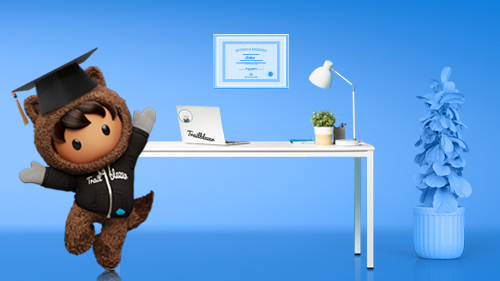
Get your FREE 30-day trial.
Please complete all fields.
The first step to getting a great job is creating a great resume. This isn’t always the easiest thing to do. Many people don’t know how to properly craft a resume, and even though they may be the most qualified people for the jobs they want, those jobs go to other candidates with better resumes. If you are looking for a new job, you need to start thinking about your resume, and how to craft it so potential employers will be clamoring for you.
1. Tailor Your Resume
It may be that you will need to create several resumes, depending on how many different jobs you are applying for. Employers want to see resumes that are specifically tailored to the positions being applied for. They don’t want to have to spend any amount of time reading to see that you are the best candidate for the job. They just want to see that you have the skills necessary for the job that you are applying for.
2. Use Keywords
These days, you need to use keywords in your resume. Most companies use Applicant Tracking Systems (ATS) to handle resumes, so you need to have words that potential employers are going to be searching when they want to hire someone. It’s just like when you use keywords to search for something on the Internet. Use industry jargon as keywords so you get noticed when employers are looking for the best applicants.
3. Show Your Accomplishments
You were responsible for this, and that, and blah, blah, blah. Employers don’t really want to read all about this. They want to see what you were able to achieve in your last job, school, etc. If you won awards, mention them. Focus on what you did, and not just your job description. If they are considering hiring you and want to learn more about the position you held, they will likely call your former employer.
4. Use Step-by-Step Guides
Whenever you are unsure about whether or not you are creating just the right resume, it can’t hurt to use a step-by-step resume guide that has examples you can look at. That way, if there is anything you have missed, you will figure it out before you start handing out your resumes.
5. Know what to Put in and Leave Out
While you want to add a few things about yourself, you don’t want to write a whole book. Include a few hobbies, but don’t go into any great detail about them. If you have done volunteer work, this is the place to mention it. Your hobbies and interests are an indication to employers of how creative you are, and they may even relate to the job, which is going to make you even more appealing as a potential employee.
6. Don’t Focus on the Design
Unless you are applying for a position that involves art and design, most employers don’t care that you used a certain border or font for your resume. Concentrate on the content rather than the design. This doesn’t mean that your resume shouldn’t look great. It just doesn’t have to be anything fancy. In fact, if you get too fancy in the design, it will actually do the opposite of what you want, and distract potential employers from the content.
7. References
Your resume should include a references section, whether you are providing them at this time or not. If you are not disclosing your references now, there should be a comment in this section that says, “references available upon request” or something similar. If you are disclosing references, make sure that they are aware you are using them for this purpose.